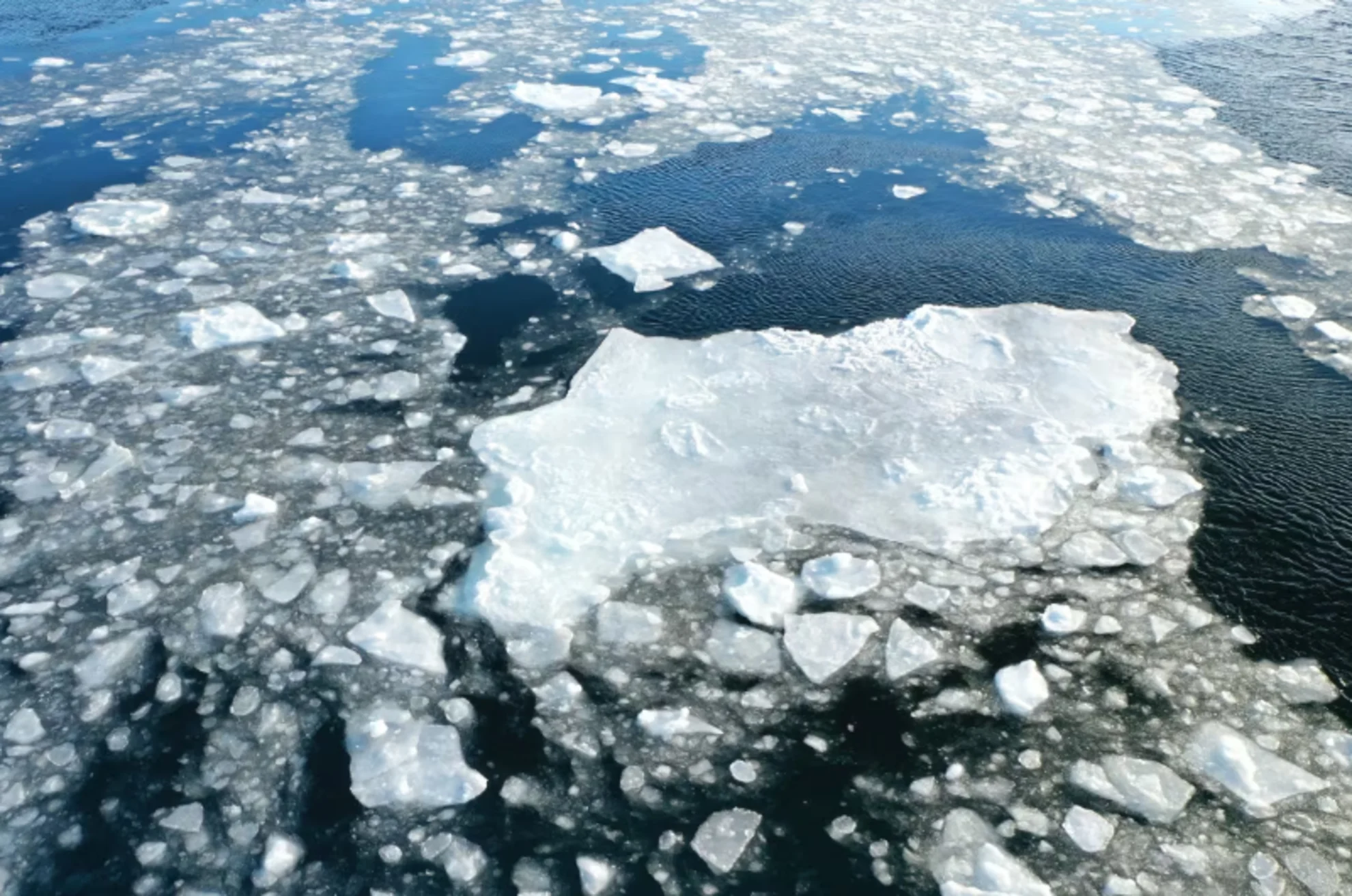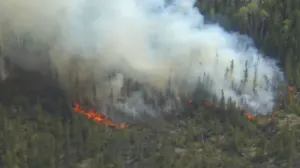
Less sea ice on Labrador coast means more icebergs — but fewer seals
An early start to spring in Newfoundland and Labrador this year may be exciting news for iceberg chasers, but for seal hunters, the lack of sea ice has stifled their catch.
George Karaganis, a senior ice forecaster with the Canadian Ice Service, says the amount of ice in coastal waters this year is significantly lower than usual. The average temperature is also four to five degrees warmer along the Labrador coast, and ice is 40 to 50 centimetres thinner than the norm.
SEE ALSO: Keep a safe distance as iceberg season approaches
The water is even warmer in the Gulf of St. Lawrence, which caused ice to form a month later than usual this season. When it did form, it was thin, forming only in shallow areas.
"That ice disappeared quite quickly," he said.
The lack of ice is freeing up a path for icebergs, which can now drift down Newfoundland's coastline early.
But it's taking a toll on livelihoods and cultural traditions in parts of Labrador.

Mina Campbell says the seal hunt is over sooner than usual due to the lack of ice. (Heidi Atter/CBC)
In the town of North West River, the ice has already nearly disappeared, and hunting season has only just begun.
"The ice is not good to go on now. It's pretty well gone when we should be getting ready to go out on the ice for a hunt," said resident Mina Campbell.
According to Campbell, seal hunting season typically starts on April 25, but in recent years the season has started earlier to account for changing conditions.
"Now it's April 23 and the hunt is over," said Campbell.
More icebergs, fewer seals
There is a chance iceberg chasers may see some icebergs now in some parts of the province. According to Karaganis, there are currently 30 to 40 icebergs close to St. Anthony and 20 icebergs south of Belle Isle. Another 10 to 15 icebergs are moving toward the Baie Verte, Twilingate and Fogo regions.
Less ice can have effects on wildlife and the land itself, offering less protection for the soil along the ports from crashing waters, which may cause some erosion.
The melting ice also threatens the seal population, as newborns are not strong enough to survive in the water and are vulnerable to predators.
Warming temperatures means the snow is melting faster, and seals are emerging younger. Typically when seals move out on the ice, they are good to hunt because they are older and big enough to eat. Hunters typically seek out these older seals by spotting their dark coats, but most of the seals that came out this year were younger "whitecoats."
Campbell says the main reason her community hunts is for food.
"It's a big part of our culture and in this community, it's a huge thing. It's what people think about almost all winter," Campbell said.
"Hopefully it's not going to continue.... I'd like for people to hunt the old way."
This article, written by Abby Cole, was originally published for CBC News. With files from Labrador Morning.









